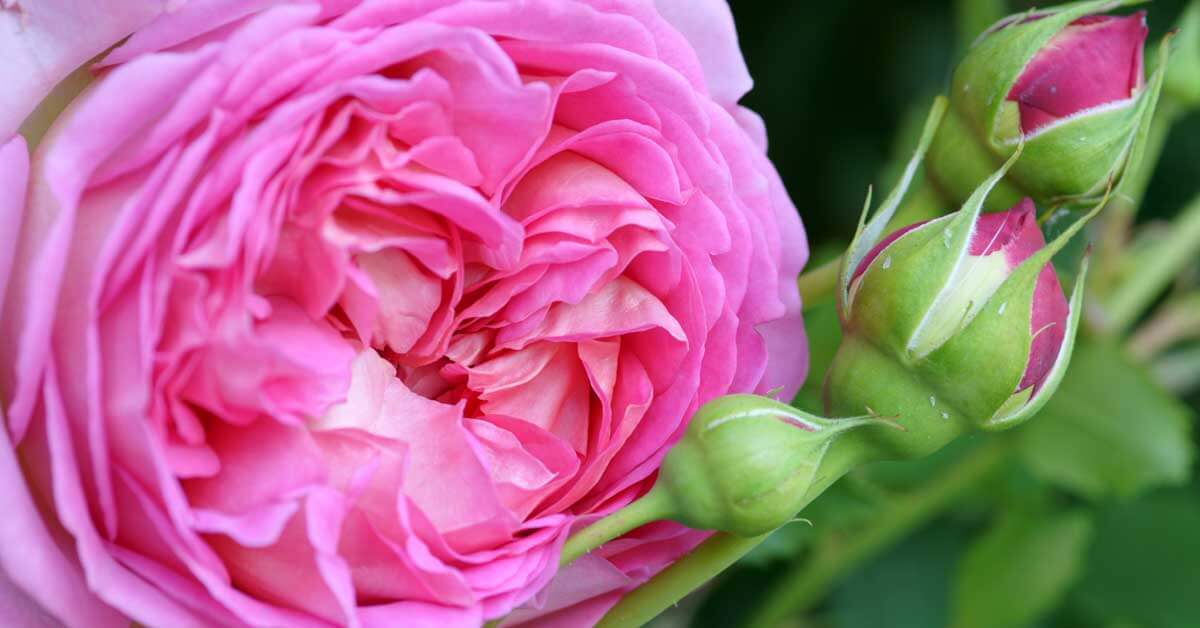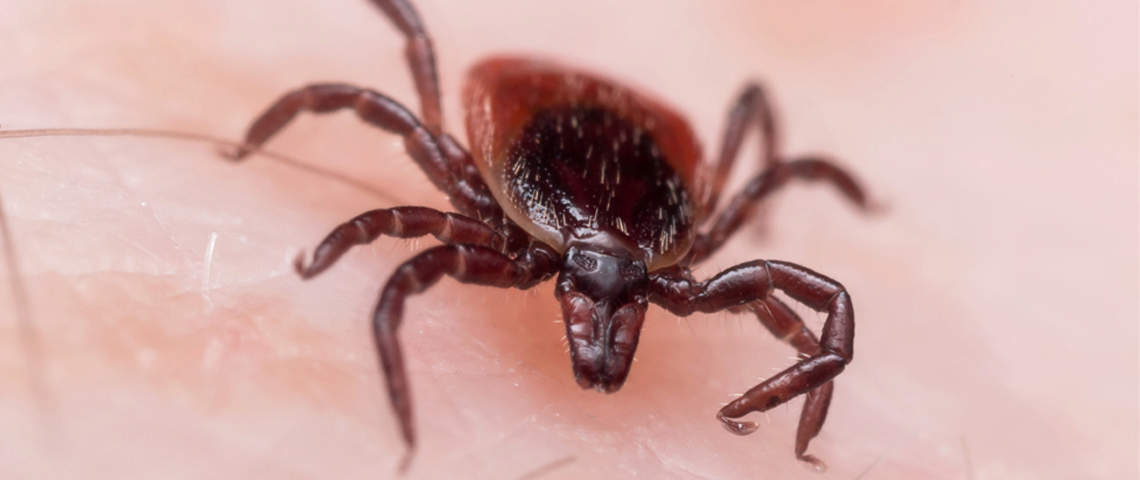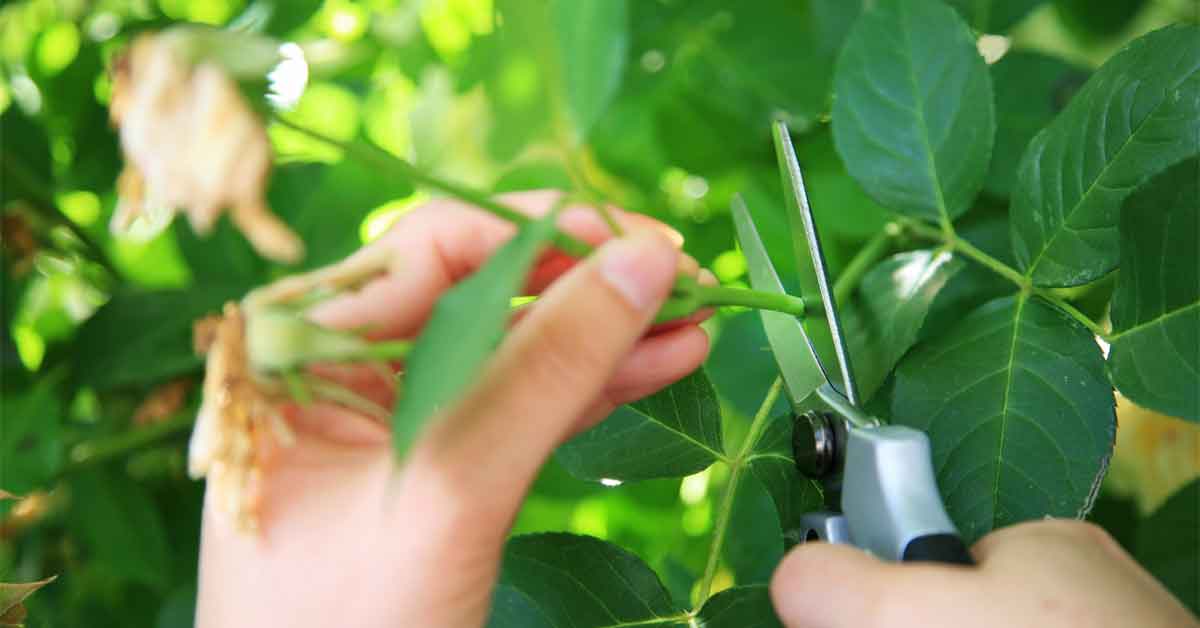Reproduce and Grow Roses From Cuttings
Understanding Rose Cuttings
Cuttings are simply pieces of rose stems taken at different stages of maturity. Some plants are very particular about what type of cutting will root, but roses are fairly flexible. Rose cuttings can be taken from the current year's new stems at three main growth stages:
- Softwood cuttings, the fastest and easiest to root, are taken in late spring and early summer, when flexible new stems are just beginning to mature. Prime softwood cuttings come from pencil-size stems below rose blooms that have dropped their petals.
- Semi-hardwood cuttings are taken in late summer and early fall, when new stems have partially matured. By this time, the firm stems may have rosehips forming where blooms appeared before.
- Hardwood cuttings, the slowest and most difficult to root, are taken in late fall or early winter, when the year's new stems have matured, hardened and entered dormancy.
You can improve your success at any growth stage by treating cuttings with rooting hormone to stimulate root development and encourage growth. GardenTech® RootBoost™ Rooting Hormone helps grow new plants from cuttings fast on roses and other favorite plants like African violets, philodendrons, gardenias, coleus, hydrangeas and more.

Prepping Planting Spots
Working with softwood cuttings allows some flexibility in how and where you place them to root and grow. However, cuttings should be planted right after they're taken, so prepare your spot in advance. You can stick softwood cuttings straight into a prepared corner of your outdoor garden space or plant them in containers or deep trays instead.
To plant in a garden, choose a spot with bright but indirect light, so cuttings won't be stressed by too much sun or heat. Northern and eastern exposures are perfect rooting spots. Cultivate the soil in your new propagation bed about 4 to 6 inches deep, so it crumbles easily. If your soil is heavy, incorporate a small amount of sand, so that new roots can penetrate without much effort.
To start your cuttings in a tray or container, plant at least 6 inches deep, so new roots have plenty of growing room. A simple "soil" mix of equal parts coarse sand and perlite or vermiculite works well. Water the mix thoroughly once you're through.
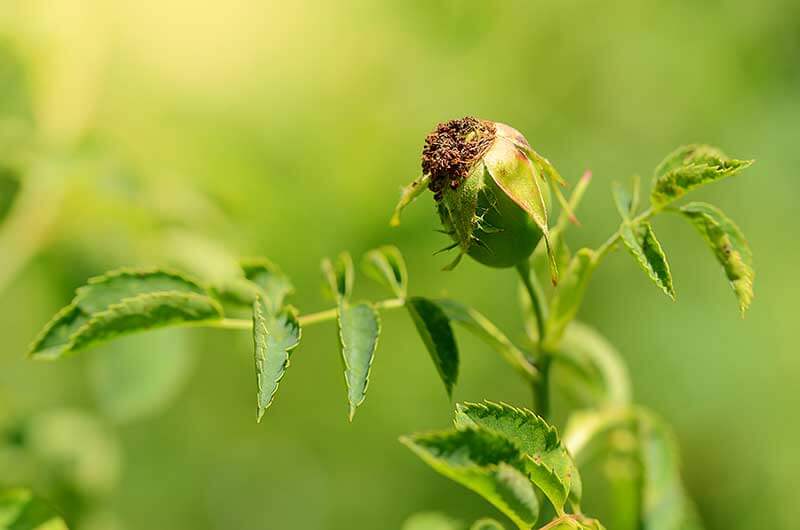
Taking Cuttings From Roses
Weather and other factors can impact when softwood is ready for cutting, and southern regions are very different from northern growing zones. Don't base your timing strictly on a calendar; look to your roses — and their fading blooms — instead.
Before you begin, gather these basic items:
- A clean, sharp knife or bypass pruners
- A bucket of warm water, to keep cuttings moist
- RootBoost™ Rooting Hormone
- A small dish to hold the rooting hormone for dipping
- A small stick or pencil to make planting holes
Take rose cuttings from strong, healthy plants during morning hours, when they're well hydrated. Follow these simple steps:
- Choose a stem or stems between a withered bloom and the rose's woody base. One stem will make several cuttings.
- Remove the bloom and stem tip. Cut at a 45-degree angle, right above the first set of leaves at the top and again above the last set of leaves at the stem's bottom. Put cut stems in water immediately.
- Cut each stem into 6- to 8-inch lengths, so that each cutting has four "nodes" — that's where leaves emerge on stems.1 Keep cuttings moist at all times.
- Remove all the leaves except one set at the top of each cutting.1 This helps cuttings root and helps you gauge their progress.
- Pour a small amount of RootBoost™ rooting hormone into the dish. Pour only what you need, and discard the excess when you're done.
- Moisten the cutting's bottom half, and dip it into the rooting hormone until covered.
- Use a stick or pencil to make a planting hole 3 to 4 inches deep in your rooting bed or container. Make it big enough so you can insert the cutting without brushing off the hormone.
- Stick the cutting into the hole so its bottom half and at least two nodes are covered,1 and then firm the soil around it.
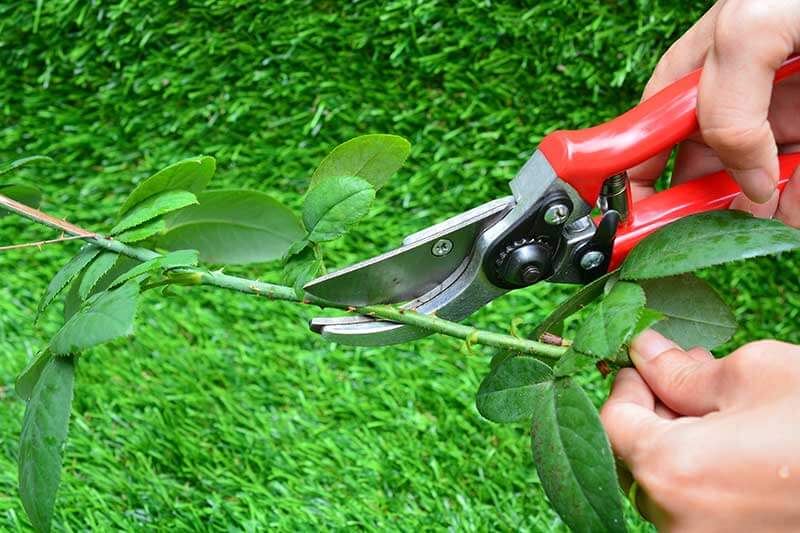
Caring for New Rose Cuttings
While your cuttings take root, keep them covered and moist. In a garden bed, a simple DIY mini greenhouse does the trick. Just place a bell jar, a garden cloche or an overturned mason jar over the cutting. A clear plastic bottle with the bottom cut out and the cap removed works, too. Water the soil regularly to keep it moist, but not soggy. Your mini hothouse will keep the humidity high inside.
If your cuttings are in containers, just insert a few decorative twigs around the edge for support and fit a clear plastic bag over the top. Mist and water your cuttings, as needed, so they stay hydrated and soil stays moist. Be sure the plastic doesn't rest on your cuttings.
Most softwood rose cuttings will root within 10 to 14 days.1 To test their progress, tug very gently on the cuttings. You'll feel a slight resistance as the new roots form and grow into the soil. A gentle fish- or kelp-based fertilizer during this time provides beneficial nutrients. Once roots are established and plants show strong new growth, you can transplant your new roses to more permanent garden homes.
Some roses root easier than others — old-fashioned heirloom types often root better than modern hybrids — but don't let that keep you from trying your hand at replicating garden favorites and sharing your love of roses and gardening with family and friends. RootBoost™ and GardenTech® brands are here to help you learn and succeed in all your gardening projects, so you can experience all the joys of gardening.
Always read product labels thoroughly and follow instructions carefully.
GardenTech is a registered trademark of Gulfstream Home and Garden, Inc.
RootBoost is a trademark of Tech Pac, L.L.C.
Sources:
1. University of California-Davis, "Softwood Rose Cuttings," UC Division of Agriculture and Natural Resources.
Get Monthly Gardening Advice!
